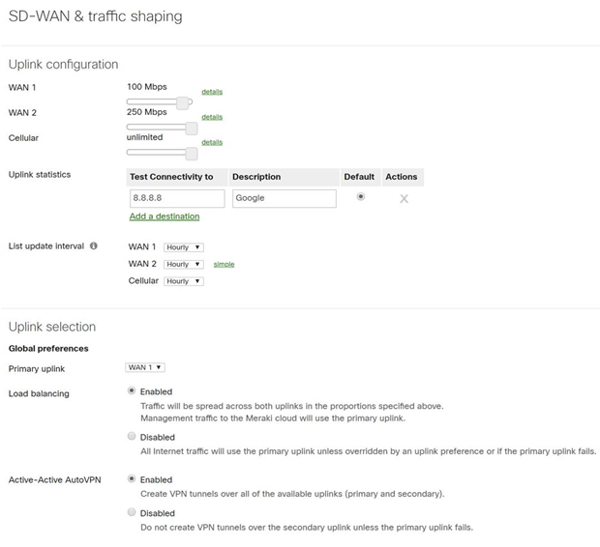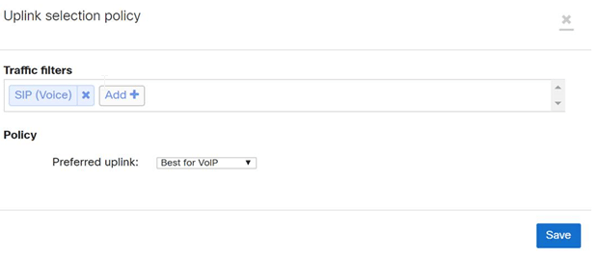As IT consultants in the Bay Area, we see a lot of startups. Small businesses with bold ideas filled with hard working people focused on achieving a specific goal. Usually in their infancy, these businesses focus all their time and money on the goal they are trying to achieve and usually don’t have the dedicated staff needed to support enterprise IT solutions. The employees are extremely sharp and very tech savvy, able to quickly piece together solutions to fit their needs that actually work pretty well. Ran out of ports on a switch? Order an inexpensive PoE switch and start daisy chaining them! More ports = problem solved. Same goes for wireless, if you have a dead spot, just get another AP. If you want video in a conference room, get some 3rd party camera to work with Google Hangouts.
This can often work really well until they start becoming successful! Employee count grows, new sites are needed, the cloud presence grows, reliance on Collaboration tools increase. Each of those create issues that start to manifest themselves in ways detrimental to the business. In other words, growing pains. Getting through that period can often be painful, requiring full network refreshes, dedicated IT staff, new telephony and conferencing solutions, etc.
Networking
What is the ideal solution? Well, let me list the features I would want for networking and why:
- Easy to use GUI for configuration: no dedicated network engineer needed
- Cloud Managed: Single administration point, no excel spreadsheets of IP addresses and username/password lists for access to the devices
- Visibility: Easy way to see at a glance what is broken, where problems lie
- Very forgiving out of the box experience: provisioning should be easy and the default config should work for the businesses needs a high percentage of the time
- Support: I would like to be able to speak to experts and have them be able to fix things remotely
- Scalability:
- Support for multiple internet connections. I might only have one now, but outages are costly and redundancy is easy and not all that expensive
- Support for new technologies such as SD-WAN
- Support for advanced security features
- Homogeneous: I fought this for years, but the reality we live in is everything works best when in the same ecosystem. ‘Best of breed’ solutions sound great but come with their own inter-operability issues and/or complexities
Essentially, the solution should be easy enough for offices of 10, advanced enough for offices of 1000’s, be managed from a single place (Still refusing to use the phrase ‘single pane of glass’ 😊 ), and do nearly everything that very expensive solutions do, but easier. Sounds unrealistic, but this is exactly how I see the Meraki solution.
Let me just show you an example, this is a little MX firewall in my lab. Let’s say I want to have 2 internet connections and use them active/active for internet access and for Site-to-Site connectivity to a new branch. One of them is 100Mbps and the second connection is a 250Mbps. I go to the SD-WAN and traffic shaping section and move the WAN 1 uplink speed to 100Mbps and WAN2 to 250Mbps. I click ‘enabled’ on Load Balancing, and ‘enabled’ on Active-Active AutoVPN. DONE!

Then let’s say that sometimes my VoIP calls between branches are acting up and I want to ensure that the calls prefer the link that is best suited for it. On that same page, I create an Uplink selection policy and use the predefined SIP (Voice) filter to define the traffic, and just choose the predefined ‘Best for VoIP’ policy.

The examples of ease of use within Meraki are endless. Doing these tasks on any other equipment would take an engineer with a lot of networking experience. With Meraki it could not be simpler. Setting up new Wireless SSIDs, VLANs on switches, alerting, etc. is all just as easy. And you can manage your wired network, wireless networks, firewalls…everything from the portal, it’s all cloud managed and in a single spot.
Collaboration
What about collaboration tools such as desk phones, conference room audio/video, online meetings, etc? For that, I would want similar things:
Cloud Managed/Cloud Registered: On-prem VoIP solutions are usually extremely feature rich, but administratively complex. The solutions should not need dedicated VoIP engineers to provision new devices, or even a server room at all!
Scalable: You should be able to open new branches and have end to end audio/video calls with normal enterprise things like 4 digit dialing between them
Homogeneous: Having the same vendor for desk phones, conferencing equipment, meetings, etc. makes administration easier, support easier, and the user experience is seamless.
Please give Dustin’s blog on Cisco Webex Calling a read for a lot more detail, but Webex Calling is extremely feature rich with easy provisioning of devices, all cloud registered and cloud managed through the Webex Control Hub.
Cisco’s conferencing equipment is also managed through the Webex Control Hub, so again, management is simplified through a single view. The cameras and microphones have amazing quality and meetings integrate extremely well with O365 and G Suite.

Managing Growth Successfully
So there’s my small business startup kit. Meraki Firewall, switch and AP for the networking. Cisco Room Kit hardware for the conference room, Cisco Webex Calling for desk phones/soft phones, and a Webex subscription for meetings. When it’s time to grow, just add more Meraki networking and with a few check boxes you have SD-WAN for speed and resiliency. Just add more licenses when you need more phones. If you outgrow the firewall in one location, get a larger Meraki firewall to replace it and use the old one for a smaller branch.
If you start now with an extremely easy to use enterprise grade solution, you will have a MUCH smoother path forward when expanding and avoid many of the growing pains that we see startups go through as they start to succeed.
As always if you have any questions on any of the Meraki solutions above or would like to schedule a demo, please reach out to us at sales@lookingpoint.com and we’ll be happy to help!
Written By: Lee Jolly, Account Manager for LookingPoint, Inc.




